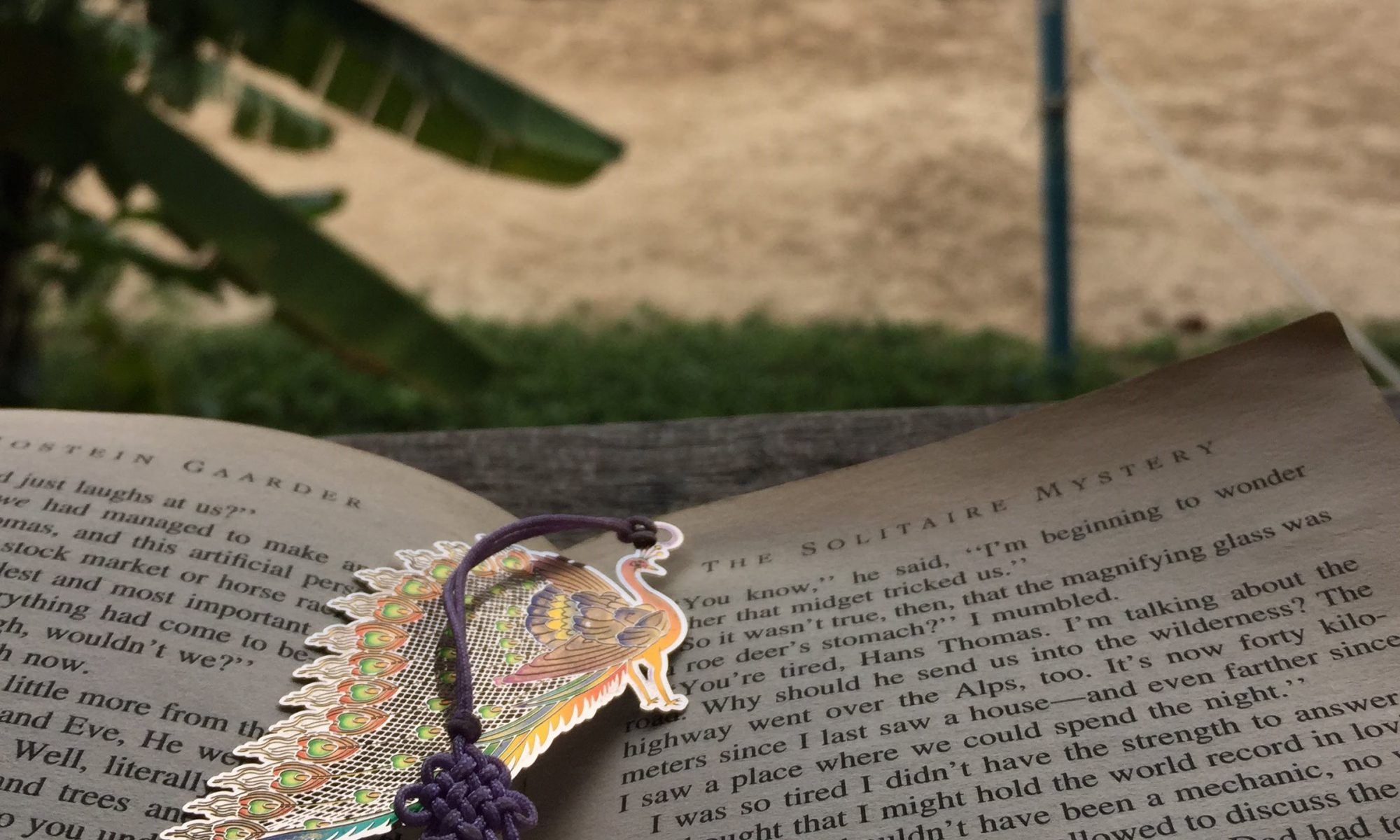Name of Course: Earth Science
Learning Facilitator: Jeffrey Holte
Number of Students: 10
Days we Meet: Monday/Tuesday
Advanced Enrichment Dates: August 11-October 17, 2014
Course Description: On the first day of our Advanced Enrichment we were all so excited to study about Earth Science. Earth Science means to study about the Earth and all of the things that are related to the environment and the Earth. In our Advanced Enrichment we studied about the rocks, water, weather and all of the planets in space. In Earth Science class we not just only studied and got the theory from the teacher, we also made an experiment together in class. For example, the thing that we have been experimenting with is making the sugar crystal experiment, the erosion and some other activity. Our group helps each other and works together as a team, not work alone and always listen to the teacher. At the end of our Advanced Enrichment we all were a little bit sad because we all wanted to study more about all of the things on Earth and all of the things that are really special for the Earth.




